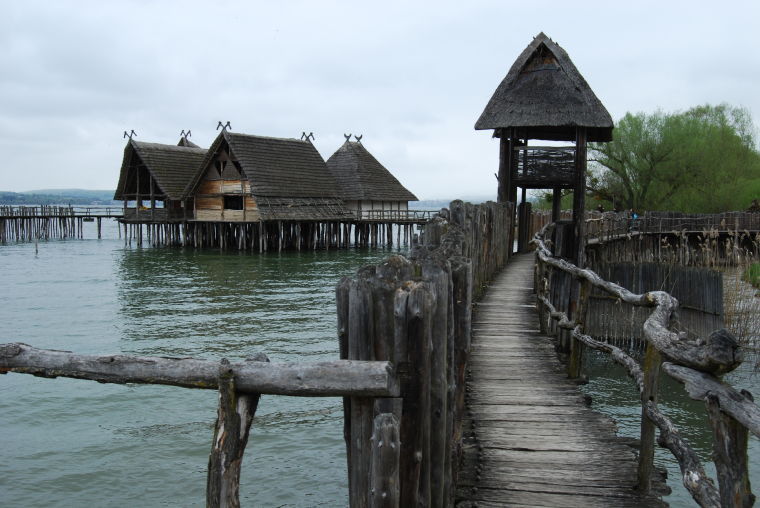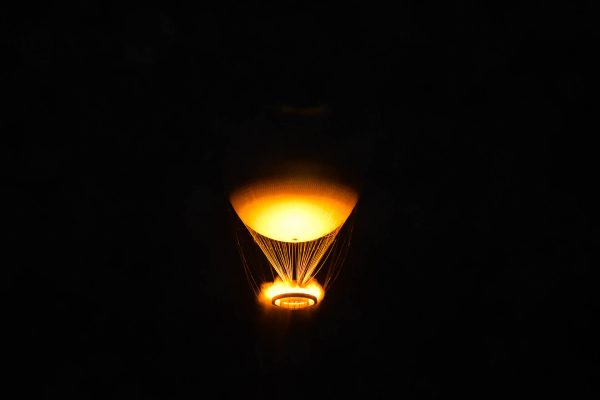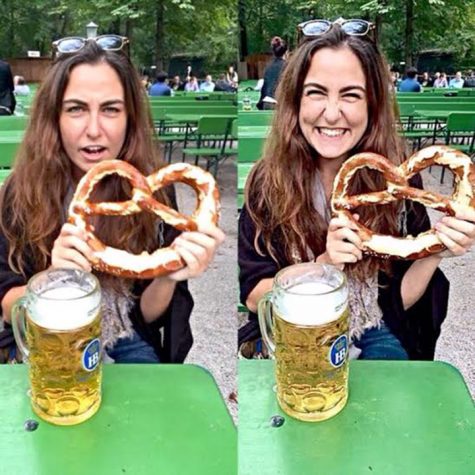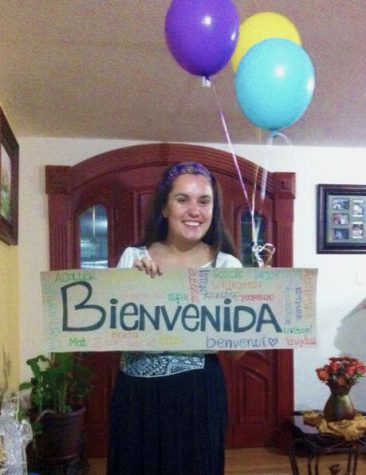KOBLENZ: Freiburg, Konstanz, and Stone-Age Dwellings
I’ve been on yet another adventure, this time to Freiburg and Konstanz. What can I say? Traveling is definitely one of the perks of studying abroad in Germany. The International Office at the Hochschule knows that, fortunately, and has helped the exchange students by organizing a few low-cost trips to various parts of Germany as a group. I even helped plan this one as a part of my internship there in January through March and was glad to see that everything worked out as anticipated. Cheap traveling, meeting people from all over the world, exploring more of Germany—what’s not to like?
Last week we went to Freiburg and Konstanz, two lovely cities in the south of Germany. Nineteen of us piled into a bus early one morning and we drove off towards the Black Forest, taking a shortcut through France to avoid construction in Germany. You can’t even cut through another state when driving through Texas and here you can make a short detour to France! Although the weather wasn’t that great (spring in Germany seems to be either very sunny or extremely grey with little middle ground), Freiburg was beautiful.
It’s amazing how different the regions of Germany are. Freiburg is in the state of Baden-Württemberg and used to be a part of Austria; it still retains some of the Austrian seals and symbols on the buildings. Unlike Koblenz, which sits in the middle of the Rhein Valley surrounded by steep hills and vineyards, the region around Freiburg is mostly gradually sloping fields of cherry blossoms at the foot of the mountainous Black Forest. And like every other region of Germany, they have their own dialect! I have never heard so many ways to speak one language.
Our visit to Freiburg was short—just lunch and a tour, but that was enough to see the gorgeous medieval Altstadt. Some lanes that wove their way through the city were so small that if you weren’t looking for them, you wouldn’t even know that there was a gap between the houses! The Austrian-German Kaufhaus is especially beautiful, along with the Freiburger Münster Cathedral, which was built in 1200 and paid for by the people of Freiburg—a rare feat for something so impressive to have been built without Church funds. After the tour we took the bus again through the Black Forest (and I definitely recommend driving through that when in Germany; it’s breathtaking!) to arrive in Konstanz.
Konstanz is a city on the Bodensee, a huge lake by the Alps that shares borders with Austria and Switzerland. In fact, Konstanz seemed a bit confused about its nationality, bordering Switzerland and having belonged to Austria or Germany throughout its history; it displays all three flags in different areas throughout town. Locals say that during World War II, Konstanz left its lights on so that the allies would think that it was part of Switzerland, which left it undamaged throughout the war. That’s clever! For me, being so close to Switzerland was especially exciting because Swiss chocolate! I’ll admit, the first thing I did when we were done with our tour was run off to the nearest Swiss chocolate shop and buy a bag of chocolate. I resisted the Swiss Army Knife shaped chocolates and went for one of the fresh milk chocolate bars—and wow, it was good! Oh, the unexpected benefits of living next to Switzerland.
The next day, we took a ship across the Bodensee to a Steinzeit (Stone Age) museum. They’ve recovered the remnants of houses built on the lake during the Stone Age and have been building replicas since the 1920’s to show visitors how people lived thousands of years ago. I was amazed with the age of the artifacts that I was seeing, what historians had been able to deduct from them, and what they still could not figure out. For instance, they have figured out what the houses probably looked like and how the people would have made tools and gathered food, but they know next to nothing about the religions of the time. The replica houses were built on stilts in the water with bridges connecting them to one another where the original houses were, although I think the original houses were built on land, and the stilts were meant to protect against flooding. In a rustic way, they were even beautiful. It was a wonderful end to our trip!
Of course, this entry wouldn’t be complete without mentioning how enjoyable it was to travel with the group from the Hochschule. I have gotten to know some incredible people from all over the world, and I’m so fortunate to be surrounded by such a diverse and friendly group of people. I hope our next two trips this semester will be just as fun!





